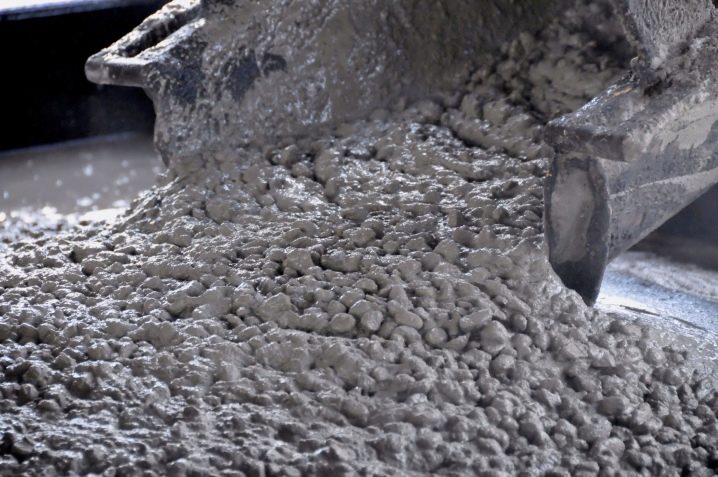High-Temperature Cement Stability Test
The High-Temperature Cement Stability Test is a critical component in ensuring the integrity and longevity of oil well construction. This test evaluates the stability and performance characteristics of cement slurries under conditions that closely mimic those found deep within an oil well. The primary goal is to determine whether the chosen cement will perform reliably over the anticipated operational life of the well.
Oil well cement plays a pivotal role in stabilizing boreholes, sealing off formations, and preventing fluid migration between different strata. The harsh environment inside oil wells subjects these cements to extreme temperatures (up to 300°C) and pressures that can degrade conventional materials. Therefore, it is essential to perform high-temperature tests to assess the suitability of various cement types before they are used in actual well construction.
During this test, samples of the cement slurry are subjected to controlled heating and cooling cycles designed to simulate real-world conditions encountered during well operations. The stability of the cement is then assessed by measuring its compressive strength at different temperature intervals. This helps identify any potential weaknesses or failure points in the cement that could compromise the integrity of the well.
The test procedure closely follows international standards such as ISO 17846, which specifies the method for determining the compressive strength of hardened cement paste. By adhering to these stringent guidelines, laboratories can ensure consistent and accurate results across different testing facilities worldwide.
Real-world applications of this test are vast. For instance, in deepwater drilling operations where temperatures often exceed 250°C, selecting the wrong type of cement could lead to catastrophic failures. Similarly, in unconventional reservoirs, where high-temperature and pressure conditions are prevalent, ensuring that the chosen cement remains stable is crucial for successful well completion.
Performing such tests early in the product development process allows manufacturers and suppliers to identify any issues with their formulations and make necessary adjustments before they reach the market. This proactive approach not only enhances safety but also reduces costs associated with potential rework or failure during field operations.
Scope and Methodology
| Parameter | Description |
|---|---|
| Temperature Range | The test can be conducted over a range of 100°C to 350°C, depending on the specific requirements. |
| Duration | Cycles of heating and cooling may last between 24 hours and several weeks. |
| Specimen Preparation | Description |
|---|---|
| Cement Slurry Sample | A representative sample of the cement slurry to be tested is prepared according to standard procedures. |
| Conditioning | The sample is conditioned at room temperature for a specified period before testing begins. |
Quality and Reliability Assurance
- Compliance with ISO standards ensures accurate and reproducible results.
- Use of calibrated equipment guarantees precise measurements throughout the testing process.
- Precision control systems maintain consistent environmental conditions during each cycle.
- Regular calibration checks are performed to ensure all instruments remain within acceptable tolerances.
Competitive Advantage and Market Impact
The ability to perform accurate High-Temperature Cement Stability Tests provides significant competitive advantages in the oil & gas industry. By offering reliable test results, laboratories can help their clients select the most suitable cements for specific applications. This not only enhances operational safety but also contributes to cost savings by reducing the likelihood of premature failures or costly repairs.
Moreover, adherence to international standards like ISO 17846 ensures that testing practices are consistent and recognized globally. This is particularly important in an industry where multinational companies operate across diverse regions with varying regulatory requirements.
The demand for reliable cement solutions continues to grow as the oil & gas sector expands into deeper waters and more challenging environments. The ability to perform high-temperature tests helps meet these demands by providing robust data that informs decision-making processes throughout the industry.





